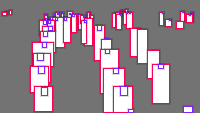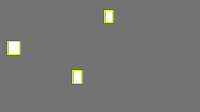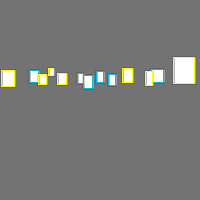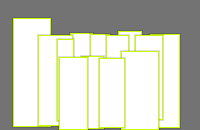Head Detection (CCTV) Computer Vision Project
Updated 2 years ago
3k
views132
downloadsMetrics
Here are a few use cases for this project:
-
Surveillance and Security: This model could be used in security systems to monitor crowded areas like malls, airports, and railway stations. It can detect individuals even in crowded scenes, potentially identifying suspects or missing persons.
-
Retail Analytics: The model can provide useful insights in retail settings, such as tracking customer movement patterns and identifying where they spend their time. This could help improve store layouts and marketing effectiveness.
-
Occupational Health and Safety: In industrial or construction settings, the model could monitor workers to ensure they are wearing necessary safety gear like helmets, and alert supervisors if safety protocol isn't being followed.
-
Crowd Management: During large events or in places with great crowd density, the model could assist in managing crowd movement to prevent stampedes or congestion and provide assistance when needed.
-
Autism Therapy: The model can be utilized in therapy sessions for people with autism or social anxiety disorders where recognizing and interpreting head signals is part of the therapy. This can help provide feedback and improve the effectiveness of the treatment.
Use This Trained Model
Try it in your browser, or deploy via our Hosted Inference API and other deployment methods.
Cite This Project
If you use this dataset in a research paper, please cite it using the following BibTeX:
@misc{
head-detection-cctv_dataset,
title = { Head Detection (CCTV) Dataset },
type = { Open Source Dataset },
author = { Trisha Then },
howpublished = { \url{ https://universe.roboflow.com/trisha-then/head-detection-cctv } },
url = { https://universe.roboflow.com/trisha-then/head-detection-cctv },
journal = { Roboflow Universe },
publisher = { Roboflow },
year = { 2023 },
month = { jun },
note = { visited on 2025-03-09 },
}





















